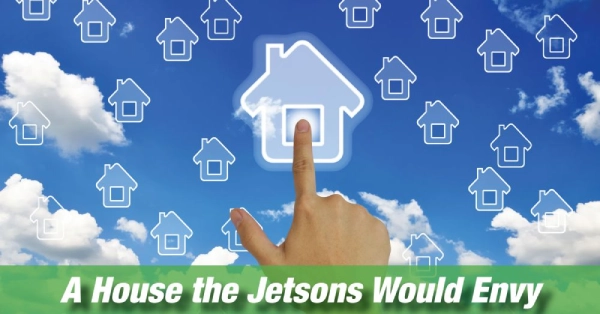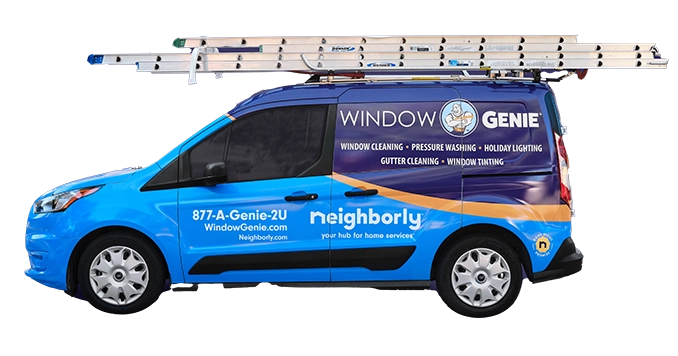
Whether you like to live a green lifestyle or you just want to save money, having an efficient home is important. There is a large trend in America towards creating efficient housing while maintaining our desire to stay connected. Even though we are conscious of our energy woes we are using more than ever, but that doesn’t mean we are making efforts to improve this. In fact, even though our total energy use has grown, our energy use per household is down an amazing 9 percent, despite our homes being larger and contain more devices.
Thanks to breakthroughs in electronics and technology, the equipment we use in our homes is more energy efficient than ever before, saving consumers money and cutting pollution. Let’s take a look at a few technologies we can expect to see in the marketplace within the next few years that will make our homes even more sustainable.
Smart Homes
We live in an increasingly connected world. The same is true for our homes. New electronic devices and appliances can now be linked to the Internet to provide real-time data that makes it easier to understand and lower energy use. Have you seen the commercials featuring Dax Shepard and Kristen Bell?
Technologies like the Samsung Smart Things App will help homes become more cost-effective and as a result, help promote a smaller environmental footprint. Wireless sensors will boost home energy efficiency through automated control systems for heating and cooling units, lighting, and other systems that access data such as outside air and room temperature, humidity, light level, and occupancy. These smart homes will help maximize cost versus use.
Geothermal Heat Pump
The next generation of heat pump systems will warm and cool your home by moving heat from one space to another. A geothermal heat pump uses the earth as a heat source (in the winter) or a heat sink (in the summer) to transfer heat to or from the ground. The US Environmental Protection Agency (EPA) has called ground source heat pumps the most energy-efficient, environmentally clean, and cost-effective space conditioning systems available.
Magnetic Refrigerators
General Electric has created a revolutionary new type of refrigerator that uses magnets to create cold, also known as the magnetocaloric effect (lowering or raising the temperature of a material by changing the magnetic field). Refrigerators have relied on a process called vapor compression that uses coolants which can be harmful to the environment. This technique can be used to attain extremely low temperatures, as well as the ranges used in common refrigerators. Compared to traditional gas-compression refrigeration, magnetic refrigeration is safer, quieter, more compact, has a higher cooling efficiency, and is more environmentally friendly because it does not use harmful, ozone-depleting coolant gases.
Smart Glass
Smart glass is a glass whose light transmission properties are altered when voltage, light, or heat is applied. Generally, the glass changes from translucent to transparent, changing from blocking some (or all) wavelengths of light to letting light pass through. These insulated windows will use sensors and microprocessors to automatically adjust shading based on the amount of available sunlight and the time of day to ensure proper lighting and comfort, saving consumers energy and money.
Next-Gen Insulation
Insulation is the most important way to reduce your home heating and cooling costs. New foam insulation is being developed that is made with environmentally friendly and advanced composite materials that ensure heat doesn’t escape from the attic, walls, and other areas of the home during cold winter months.
Cool Roofs
Cool roofs are coated with materials containing specialized pigments that reflect sunlight and absorb less heat than standard roofs. Cool roofs can offer both immediate and long-term benefits including saving on annual cooling costs, helping reduce the “urban heat island effect”, and reducing air pollution.
The Return of the Incandescent
LEDs have come a long way, with today’s highest-performing lights consuming 95 percent less energy than incandescent bulbs. But MIT researchers have figured out a way to recycle incandescent bulbs’ wasted energy through nanotechnology. In a recent paper, the team outlined how it is possible to turn the 95 percent wasted energy into a possible benefit. The researchers think they could boost the bulb’s efficiency to 40 percent of the maximum amount of efficiency. If they pull that off, they could beat the efficiency of LEDs.
